There is no doubt in my mind that most of you love training.
I completely understand because I am exactly the same. There is something seriously enjoyable about pushing your body to its limits on a regular basis. About working hard, and of course, about creating change.
But did you know that working hard all the time might not actually be the best way to go about it? In fact, if you are training for a specific sport or event, then there is some serious merit in lowering your exercise volume at certain times to make sure that you can perform at your best when you need to.
And it all comes down to a process known as tapering.
What is a sports taper?
So, what in the world is tapering? Or more importantly, what is a sports taper – which is a little more relevant to what we are talking about today (Mujika, 2004).
To put it simply, a sports taper is a short training phase that occurs immediately before a competition, during which training load is progressively reduced for a set period of time. This reduction in training load ultimately allows for significant physiological and psychological recovery to occur after a heavy block of training.
And hopefully, you are starting to see why this might have some benefit…
What are the benefits of tapering?
The main aim of a sports taper is to maximize competition performance.
During a heavy block of training, your body is placed under a significant amount of stress. It is this stress that forces your body to adapt and become both fitter and stronger – in which it can then better tolerate that stress.
When we are discussing the normal training process, training load is then increased further (by either making it longer in duration or higher in intensity) after this adaptation has occurred, so that you can continue to make progress.
But there is a bit of a caveat here.
During blocks of training, you are under a constant state of fatigue. And while this fatigue may in some cases be very slight, it will always limit your ability to perform at your highest level. So even though you might be making progress, you are only likely to have access to around 90% of your maximal fitness.
Which really highlights the importance of an effective sports taper.
The reduction in training load associated with a taper allows the fatigue caused by training to completely dissipate. This, in turn, gives you access to 100% of your fitness, which allows you to perform to the absolute best of your abilities during competition.
Now, obviously, when it comes to implementing a taper, it must be done properly – which is exactly what I will be talking about this next section.
What form of tapering works best?
The tricky thing about tapering correctly comes down to the fact that if you spend too much time using low training loads, you will actually lose fitness. Conversely, if your taper is too short (or doesn’t reduce training load enough), then fatigue will not dissipate adequately.
And as a result? Both will cause reduced performance.
Which means you need to learn how to taper correctly.
Now, when it comes to a sports taper, there are generally three different ways to go about it:
- A high-intensity low volume taper (in which training intensity remains high, but volume is reduced by 50-70%)
- A low-intensity low volume taper (in which both training volume and training intensity is reduced by 50-70%)
- A rest only taper (in which training ceases completely for the entire duration of the taper)
Fortunately for us, there has been a huge amount of research performed in the area of tapering to find the best method of implementation – and we have come to some pretty clear conclusions. It has become obvious that the high-intensity low volume sports taper will lead to the best performance outcomes (Shepley, 1992; Mujika, 2010).
Training Volume
See, it is commonly accepted that the biggest predictor of accumulated training fatigue is training volume (or in laymen’s terms, the total amount of training you do). Conversely, short bouts of intense training won’t induce all that much fatigue if you don’t do too much of it.
Moreover, this high-intensity work is important, as it tells your body that you need to keep all the physical qualities you have taken the time to build and develop.
This means that if you have an event or a competition coming up, it is undeniably in your best interest to reduce your total training volume significantly for the week leading up to the event. However, during this time, you want to make sure that you are training at the same intensity you were prior to the start of the taper.
Which I am going to outline in a little more detail below…
You might like: 5 High-Intensity Interval Training Mistakes Athletes Make
What common sports require a taper?
I certainly appreciate that this is all well and good in theory, but applying it into practice can be a little more difficult than it sounds. With this in mind, I wanted to outline some of the most common sports that require a taper, and then examples of how you can implement them.
Long Endurance Event Taper
This essentially covers any endurance activity where you are performing a long-distance aerobic event – think of a marathon taper, a cycling taper, or a triathlon taper here.
There has been some recent research demonstrating that the above method can be applied perfectly to this type of sport, in which training volume is reduced by half in the week leading up to the event. Moreover, this week should also include some shorter intervals at ~115% of race pace (so a relatively high intensity) (Spilsbury, 2015).
An example of this might look something like this:
2 weeks out (last training week)
- Session 1: 36km at race pace
- Session 2: 40 minutes of HIIT Training at 115% of race pace
- Session 3: 25km at 110% of race pace
1 week out (taper week)
- Session 1: 20 minutes of HIIT at 115% race pace
- Session 2: 10km at race pace
- Session 3: 10km at 110% race pace
I should note that your last training session should be about 3 days before the event.
We can see here that intensity stays high, but total training volume is halved, leaving you in the perfect position to dominate your event!
Middle Distance Running Taper
Now, if you are a middle-distance runner, it is in your best interest to employ a very similar strategy to the above – although rather than reducing your total weekly volume to ~50%, it actually appears more beneficial to reduce it to ~70%.
And there is quite a simple reason for this.
See, as a general rule of thumb, middle distance runners accumulate much less training volume than long distance endurance athletes (which makes sense, as their sports are significantly lower in duration). This means that a smaller reduction in weekly volume is enough to allow fatigue to dissipate and performance to improve (Jafar, 2019).
I should note that during this time, you would also want to spend some time using intervals at around 110% of race pace – which is something that should be a normal part of your training anyway!
Strength or Power Event Taper
Interestingly, when we are talking about strength and power events (think sprints, powerlifting, and Olympic lifting), the exact same principals apply. For the week leading up to the event, you want to reduce your training volume to 50-60% and increase intensity slightly (Pritchard, 2016).
Again, like both of the above scenarios, your last training session should be about 3 days before the event. Using powerlifting as an example, your two weeks of training might look a little something like this:
2 weeks out (last training week)
- 1st session (Squat): 6 sets of 3 repetitions at 85-90% of your previous 1RM
- 2nd session (Deadlift): 6 sets of 3 repetitions at 85-90% of your previous 1RM
- 3rd session (Bench Press): 6 sets of 3 repetitions at 85-90% of your previous 1RM
1 week out (taper week)
- 1st session (Squat): 4 sets of 2 repetitions at 90-92.5%% of your previous 1RM
- 2nd session (Deadlift): 4 sets of 2 repetitions at 90-92.5%% of your previous 1RM
- 3rd session (Bench Press): 4 sets of 2 repetitions at 90-92.5%% of your previous 1RM
See, simple!
You might like: Strength Training Program for Endurance Runners
Optimal taper nutrition
When it comes to optimizing your taper, I often get questions about taper nutrition – so I thought I should probably spend a little bit of time addressing it here!
When it comes to changing your diet in the lead up to an event, your primary focus should be on carbohydrates. Carbohydrates are your primary fuel source during any type of exercise that is above a moderate intensity – which would describe all of the events listed above.
And for you low-carb dieters out there, yes, I appreciate that during longer-duration endurance events you will indeed be using some fats for energy, but you will also need carbs. Moreover, even if you are sitting at 5-6% body fat (which is ridiculously lean) you will still have more than enough fat on your body to meet any long duration low-intensity energy demands.
So, in short, you do not need to focus on fats here.
Instead, you want to make sure that you have the maximum amount of carbohydrates stored in your body as possible. It is this that will allow you to maintain higher intensity exercise for a longer period – which is integral to success.
Now, fortunately for us, there are some clear guidelines here (Rodriguez, 2009).
Firstly, if your event is longer than 90 minutes in duration:
- For the two days prior to the event, you want to make sure you consume 10-12 grams of carbohydrates per kg of body weight, per day.
- You also want to make sure that you consume a meal that contains 2-3 grams of carbohydrates per kg of body weight, 1-4 hours before the event.
Conversely, if your event is less than 90 minutes in duration:
- For the 24 hours prior to the event, you want to make sure you consume 7-12 grams of carbohydrates per kg of body weight.
- You also want to make sure that you consume a meal that contains 2-3 grams of carbohydrates per kg of body weight, 1-4 hours before the event.
Obviously, within this (for any event), you want to make sure that you are adequately hydrated for the 3-4 days leading up to the event. This is important because, in your body, carbohydrates are stored with water. This means that if you are not hydrated, all the carbohydrates you have eaten will be excreted as waste, rather than stored for energy usage.
I like to aim for 2-4 liters of water per day n the lead up to your event. As a rule, your urine should be clear during this entire time (which indicates a good hydration status)
While these strategies may seem quite simple, I can assure you that they will make a massive difference to your performance!
The myths and facts of tapering
The last thing I wanted to do before wrapping up this article was address some of the common myths and facts that tend to come up when people talk about tapering.
Common Tapering Myths
So, without further ado – the most common tapering myths:
- Tapering can cause you to lose fitness: Believe it or not, this myth does have some truth behind it. If your taper is too long, or too low in intensity, then it can result in a loss of fitness in conjunction with a desired loss of fatigue (so make sure you stick to the tips outlined in this article…)
- Tapering is only for elite athletes: This is a complete and utter load of rubbish. Tapering is for anyone who wants to perform at the highest level they possibly can.
- Tapering can increase your risk of injury: Again, this myth is completely unfounded. Because tapering mitigates accumulative training fatigue, it can actually help lower your risk of injuries during sports performance.
- Tapering can make your performance worse: Again, there is a tiny grain of truth to this. If your taper is too high volume and too high intensity, then it can actually create fatigue, which can definitely ruin your performance (but again, stick to the tips outlined in this article and you will be fine).
Common Tapering Facts
I will keep this short and sweet because these facts don’t really need refuting:
- When implemented properly, tapering will improve your performance and reduce your risk of injuries
- Tapering is for anyone who has an event coming up and wants to perform at their best
- A taper does not have to be complicated. Using the tips outlined in this article a taper can be implemented easily by using some key simple methodologies
- Tapering can be applied to any sport to improve performance
Take-Home Message
Sports tapers are a great way to improve your sports performance in the lead up to an event. By simply reducing training volume, and keeping the intensity high, you can promote recovery and maximize your athletic potential.
So, make sure that you follow the tips outlined in this article and make the most of your taper. Trust me when I say that your performance will climb through the roof as a result!
References
Mujika, Inigo, et al. “Physiological changes associated with the pre-event taper in athletes.” Sports medicine 34.13 (2004): 891-927.
Shepley, Barrie, et al. “Physiological effects of tapering in highly trained athletes.” Journal of Applied Physiology 72.2 (1992): 706-711.
Mujika, Iñigo. “Intense training: the key to optimal performance before and during the taper.” Scandinavian journal of medicine & science in sports 20 (2010): 24-31.
Spilsbury, Kate L., et al. “Tapering strategies in elite British endurance runners.” European journal of sport science 15.5 (2015): 367-373.
Jafer, Ambachew Amede, et al. “Effect of two tapering strategies on endurance-related physiological markers in athletes from selected training centres of Ethiopia.” BMJ open sport & exercise medicine 5.1 (2019): e000509.
Pritchard, Hayden J., et al. “Tapering practices of New Zealand’s elite raw powerlifters.” Journal of strength and conditioning research 30.7 (2016): 1796-1804.
Rodriguez, Nancy R., NM Marco Di, and Susie Langley. “American College of Sports Medicine position stand. Nutrition and athletic performance.” Medicine and science in sports and exercise 41.3 (2009): 709-731.
You Might Like
Muscular Potential: Men vs Women
It has long been thought that when it comes to building muscle, women are at...The Effects Of Inter-Set Stretching On Muscle Growth
When we think about building muscle, developing strength, and generally increasing performance, strength training often...The Trap Bar Deadlift: Improve Your Athletic Performance
Hunter Bennett When it comes to improving athletic performance, strength training is king. It can...Perfecting Your CrossFit Pull-Up
Hunter Bennett Over the last few years, CrossFit has truly revolutionized the health and fitness...Developing & Maintaining Athleticism
Hunter Bennett When we think of great athletes, we think of their physical skills on...The Rise of CrossFit
Hunter Bennett Over the last few years, we have seen a resurgence in both high-intensity...How to Improve Your Posture
Hunter Bennett Changes in Movement Over the last 50 years or so we have seen...Maximize Athletic Performance with the Hip Thrust
Hunter Bennett The hip thrust has become an increasingly popular training exercise with athletes and...Weight Training Techniques: The Benefits of Unilateral Training
Alyssa Bialowas Unilateral exercises are single-leg or single-arm movements. The primary benefit of including unilateral...The Best Glute Exercises: How to fire your glutes!
Alyssa Bialowas About Your Glutes – The gluteus maximus is located in the buttocks and...3 Benefits of CrossFit
Alyssa Biawolas CrossFit remains to be one of the most popular and most controversial fitness...The 7 Myths of Weightlifting
Evan Stevens There are common utterances when the conversation shifts to weightlifting and why people...Injured? Increase Your Muscle Mass with Blood Flow Restriction Training
Dayton Kelly It is not unusual in many gyms to see athletes, particularly weight lifters,...Strength Training in Older Women Wards Off Aging
Evan Stevens At Forever Fit Science we have long discussed the importance of adding strength...Gain Strength, Power & Force for Maximal Performance | Forever Fit Science
Stability is simply controlled strength, power, and force. The more stability you have, the more...Strength Training Program for Endurance Runners
Evan Stevens Endurance athletes have a tendency to ditch the weights for added miles. Sure,...Vibration & Elastic Band Exercises On Shoulder Strength
A Review by Alyssa Bialowas The shoulder is a tricky joint as it must provide...Strength Training Can Improve Chronic Plantar Fasciitis
Ryan Cross, B.A. Hons (Kin), MScPT, FCAMPT Registered Physiotherapist Do you feel sharp pain on...Fascia Warm Up, Strength, & Stretch Plan
Ryan Cross, B.A. Hons (Kin), MScPT, FCAMPT Registered Physiotherapist in Sarnia, Ontario, Canada Last week...12 Strength Exercises For Middle Distance Runners | FastTwitchGrandma Sprinting Tips & Tricks
Forever Fit Science brand ambassador and author Evan Stevens goes through a strength training regime...Increase Strength, Increase Lifespan – Powerlifting Could Change Your Life
Katie Rose Hejtmanek, PhD, Anthropologist Increase Strength, Increase Lifespan Part 2 – Powerlifting as Life Changing...5 Creative Hip Strengthening Exercises
Ryan Cross, B.A. Hons (Kin), MScPT, FCAMPT Registered Physiotherapist in Sarnia, Ontario, Canada The importance...Ski Training Magic Part 2: Hurry Up and Weight!
Hank Shell Another week, another round of snowfall in Colorado’s San Juans. My friend and...Bond With Your Child – Intergenerational Gymnastics
Did you know – children who bond with their parents as a toddler are less...66 Burpees For 66 Years | Inside The Gym Of A Crossfit Guru
What is your plan for your next birthday? How about performing burpees? Turning 30? 30...Increase Strength, Increase Lifespan
Katie Rose Hejtmanek, PhD, Anthropologist With a significant portion of the world’s population aging, it is...Strengthen Your Rotator Cuff
Forever Fit Science physical therapist, Ryan Cross, demonstrates a simple rotator cuff exercise. By performing...Women’s Weightlifting Highlights!
The Rocky Mountain State Senior Games in Colorado Springs, CO hosted the olympic weightlifting competition....Mastering the Rowing Stroke
Dayton Kelly Mastering the Rowing Stroke or Tackling Technique on the Rowing Ergometer If you...Meet Olympic Masters Powerlifter Gordon Santee
Gordon Santee, 70, from Redondo Beach, California is an Olympic powerlifter and referee. Along with...Creatine Supplementation For Mature Athletes
Creatinine for more than just body builders? Muscle building in old age. Dayton Kelly The...Strength As A Safety Net
Jon Carlock As time passes and we age, we naturally become more vulnerable to injury....Pull-Up Power! – The Road to Your First Pull-Up
By Hank Shell Real talk: I tend to get ahead of myself when writing...Strengthen Your Muscles, Strengthen Your Mind
Contributed by Julia C. Basso, Post-doctoral Research Scientist, Center for Neural Science, New York University Strengthen...Children Weight Lifting: What You Need To Know!
Dayton Kelley Should You Allow Your Child To Weight Lift? This question has seen much...4 Stages of Core Training for Lower Back Pain
Ryan Cross, B.A. Hons (Kin), MScPT, FCAMPT Registered Physiotherapist at CBI Physiotherapy and Rehabilitation Centre...Off Season Ski Conditioning
Hank Shell Off-season ski conditioning: a primer I can’t remember exactly what caused the crash....Strength Training: Integral to Wellness as We Age
Contributed by Gillian White, HBSc, MSc, PhD(C), Faculty of Kinesiology and Physical Education, Human Physiology...The post The Best Way to Taper for Sports Performance appeared first on ForeverFitScience.



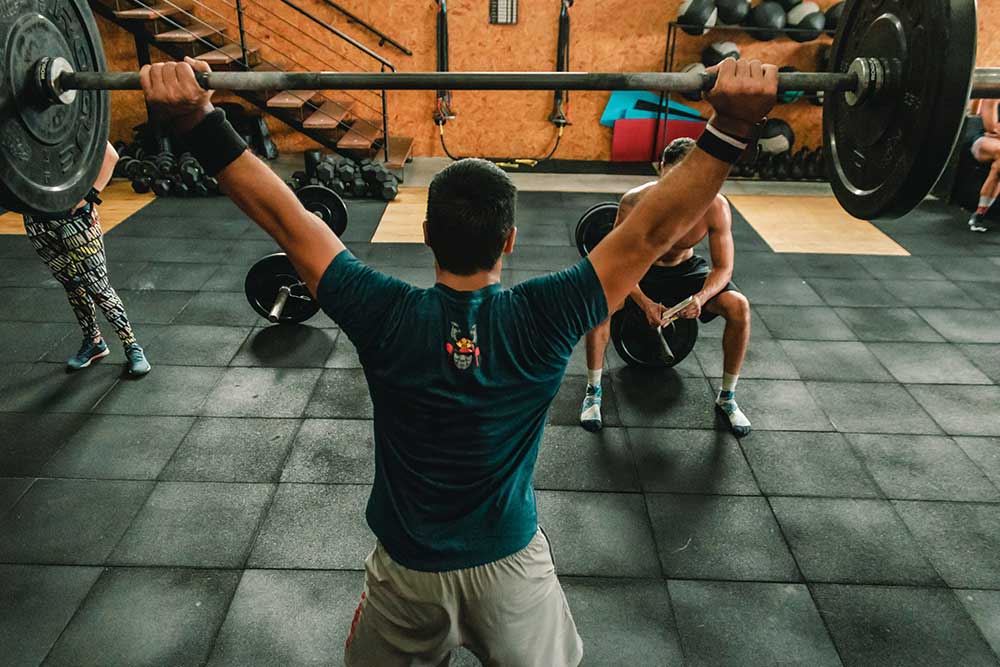
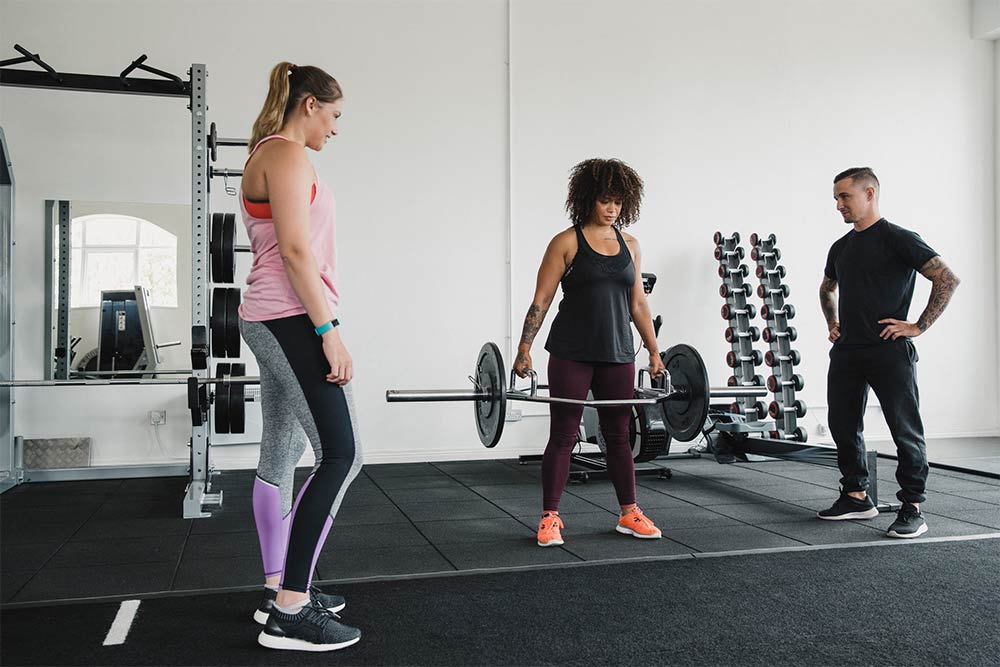





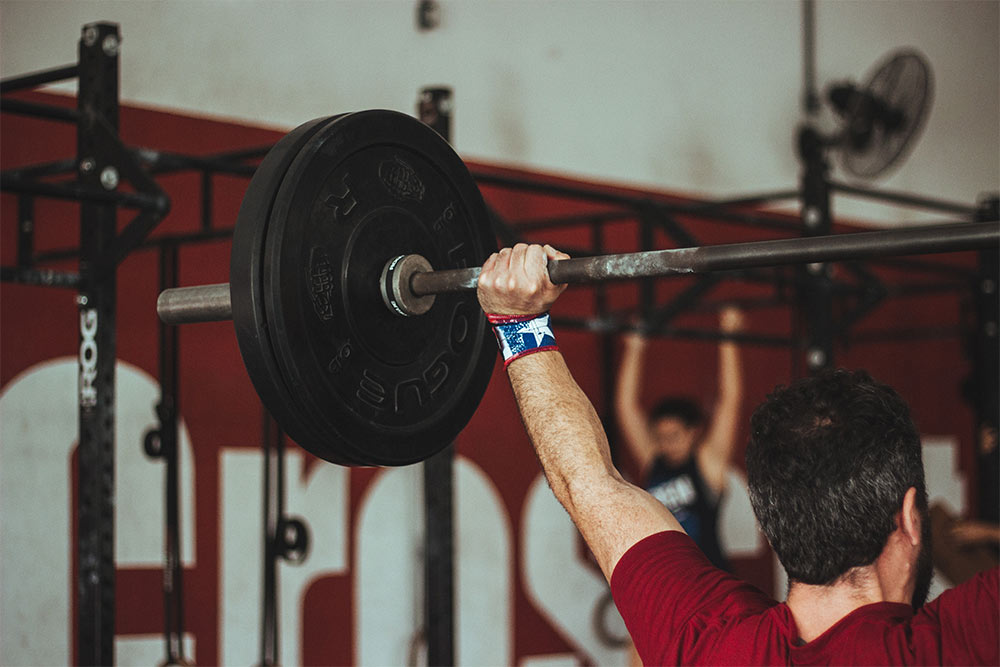
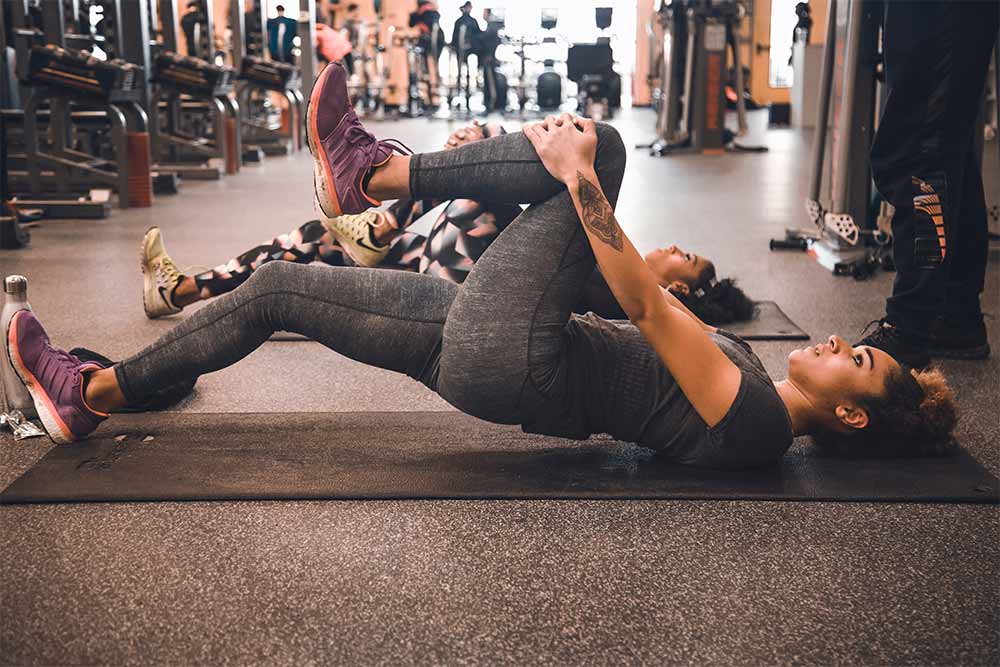


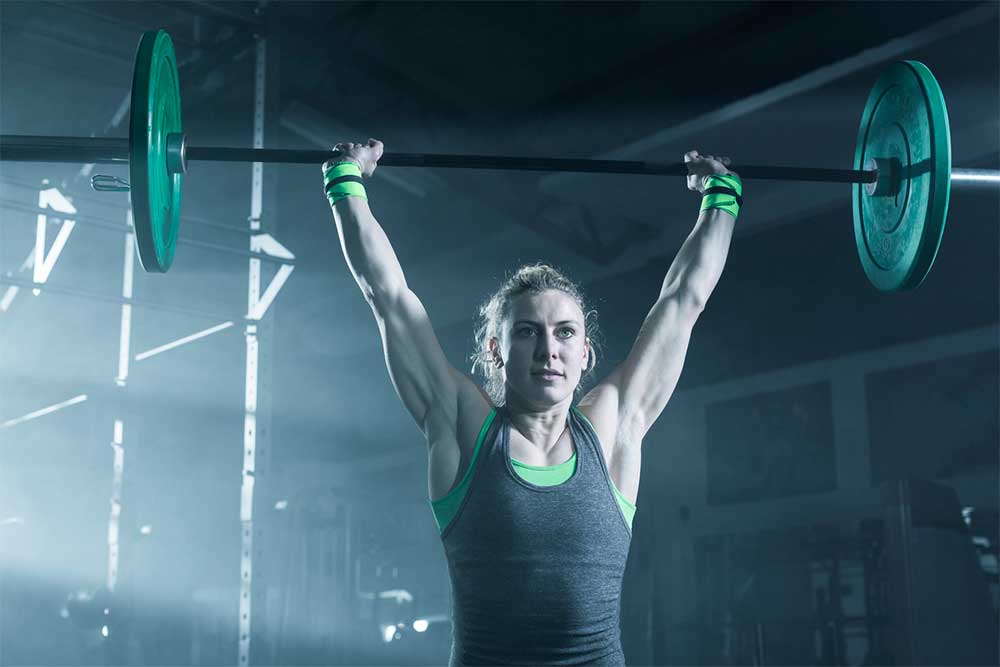

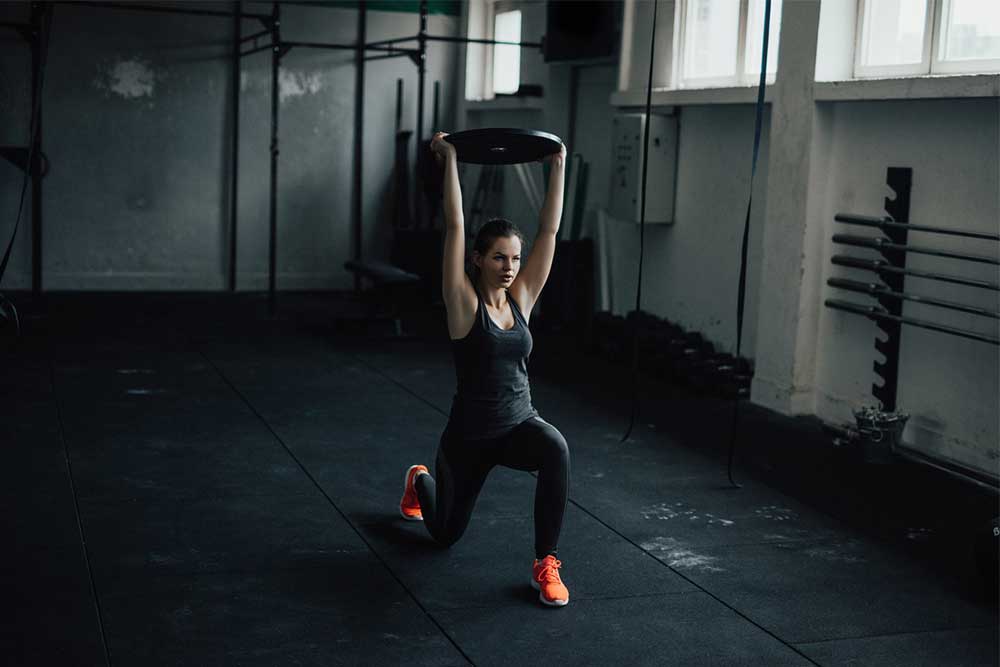


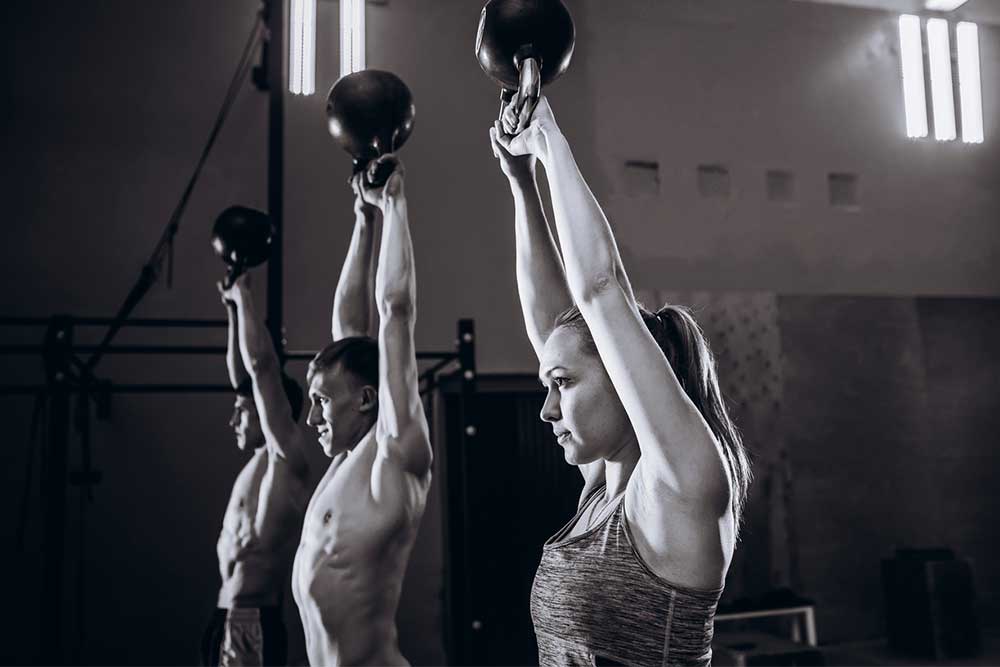

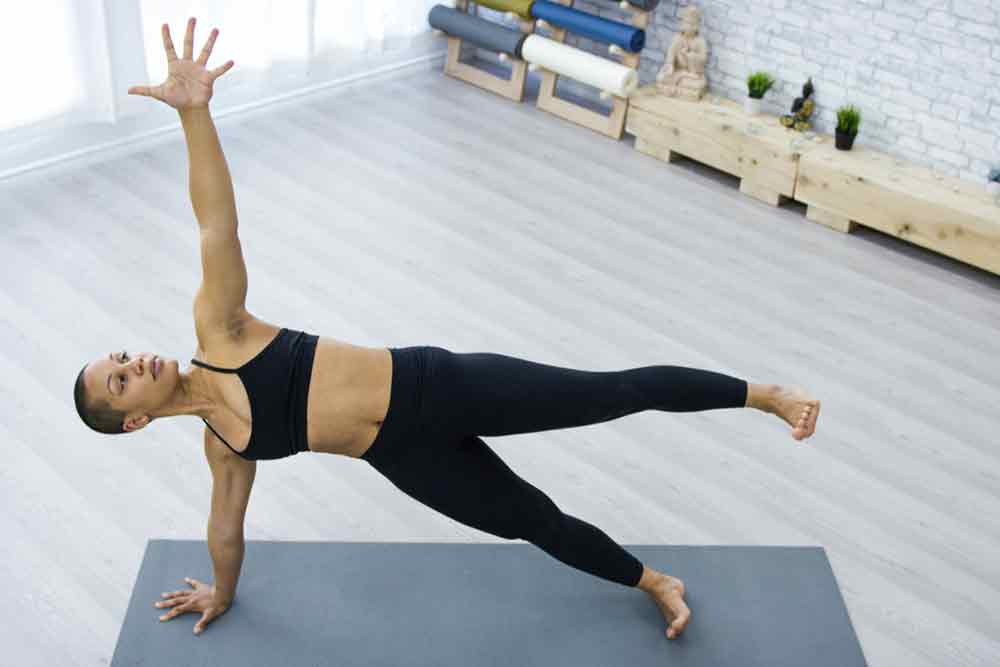

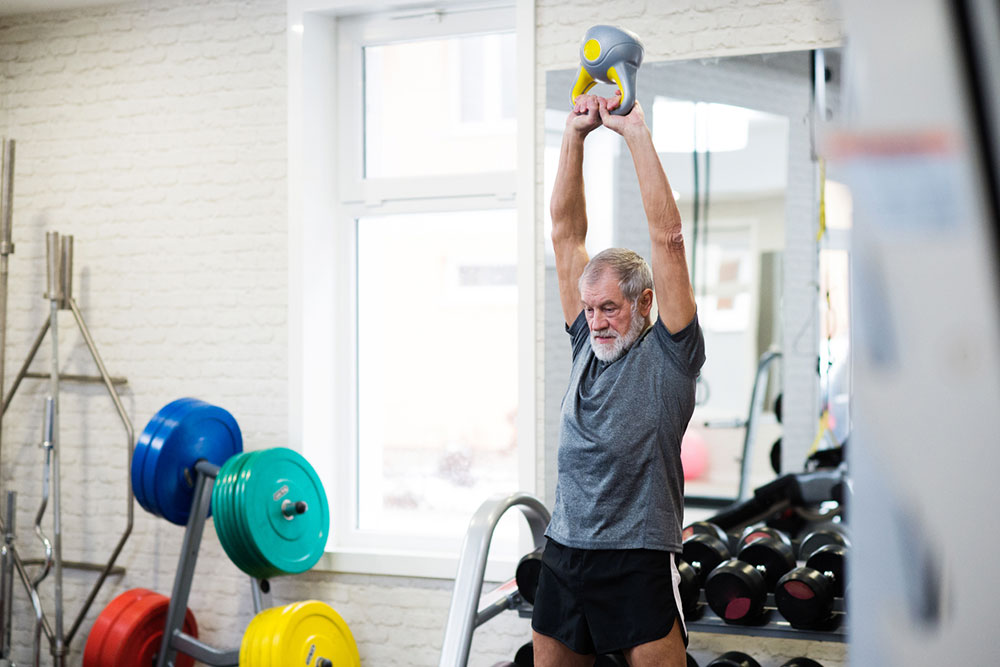






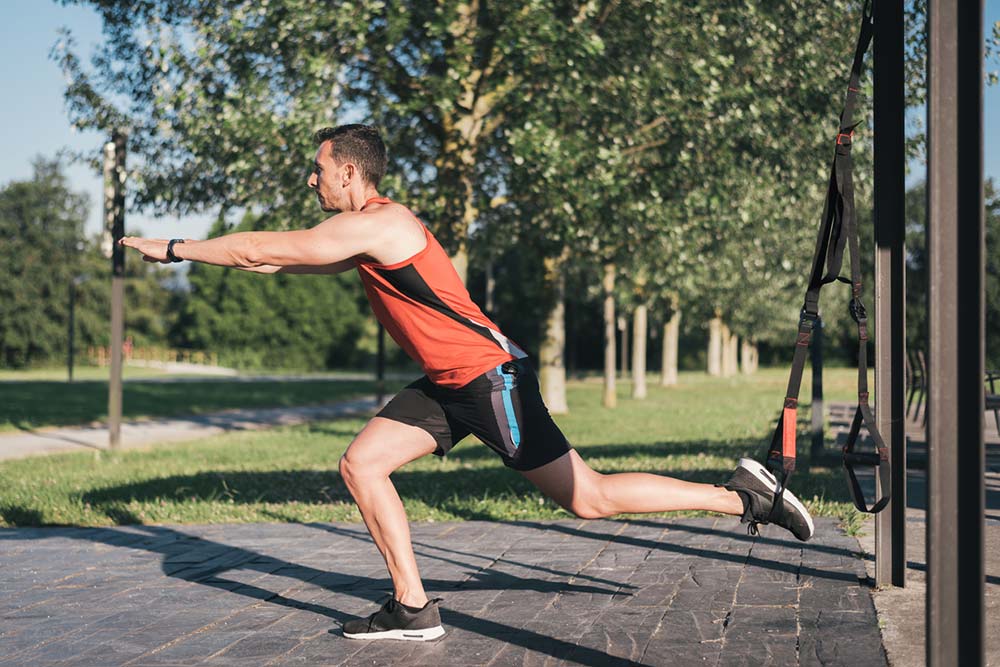

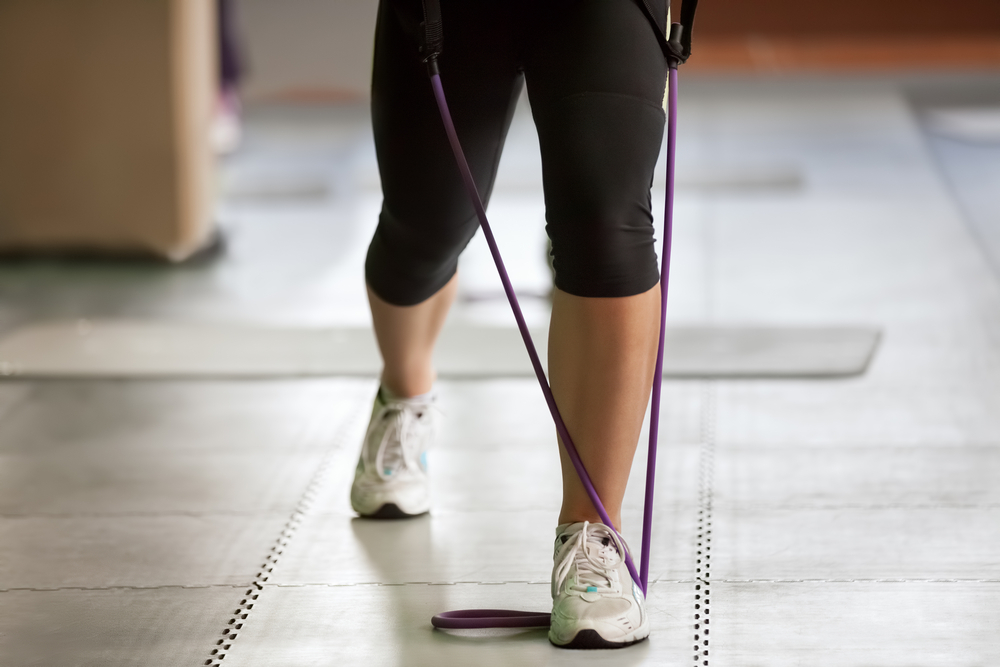
No comments:
Post a Comment